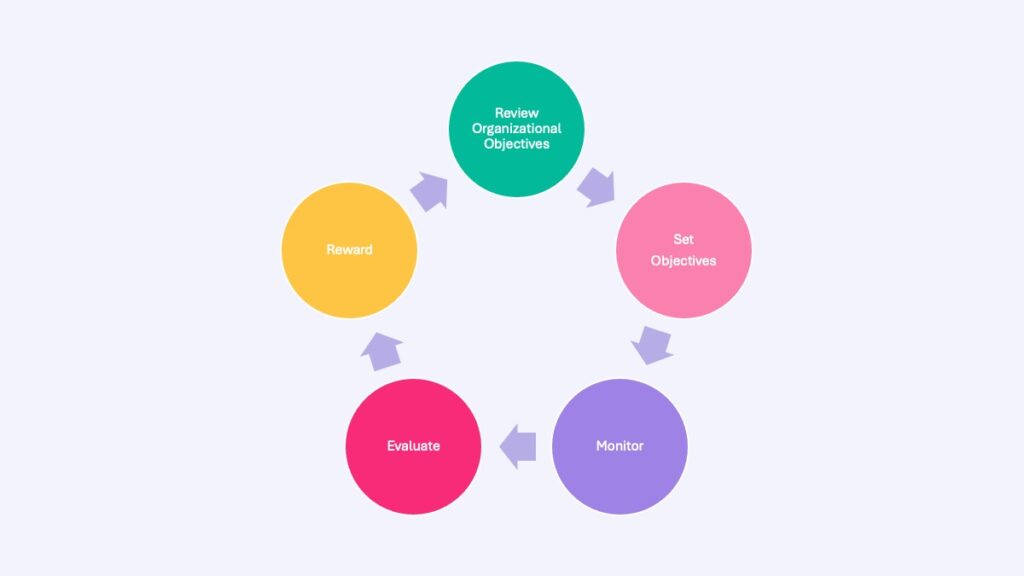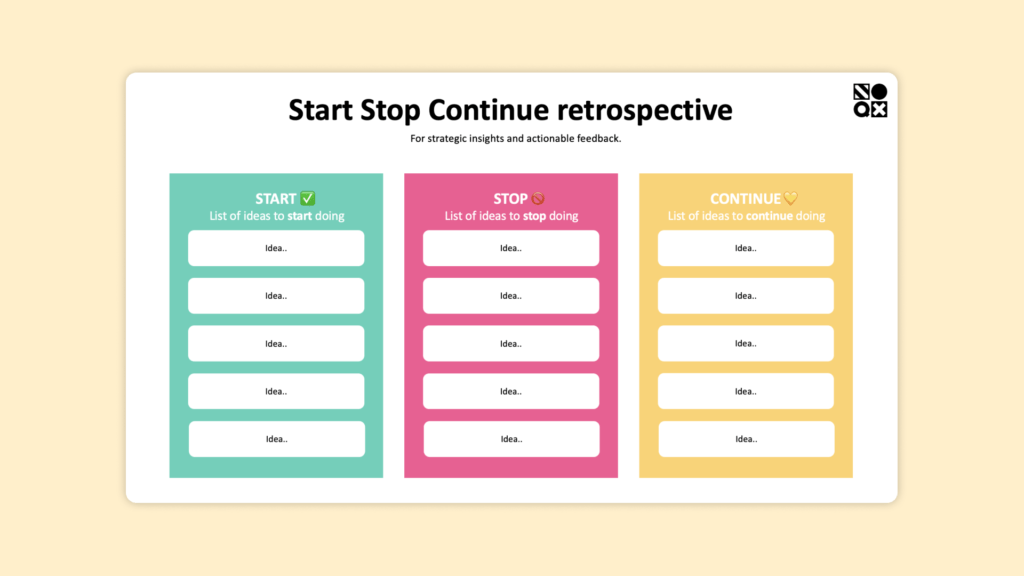In this interview we meet Giles Whiting, the former Managing Director and COO, at Forsta and Operating Advisor at Verdane. Giles provided valuable insights into the importance of setting and communicating goals in organizations. Their experiences and strategies highlight the significance of consistency, simplicity, and alignment in goal setting for both professional and personal success.
Can you please introduce yourself and tell us a bit more about your roles in these companies?
Absolutely. For the past three years, I’ve been leading Forsta as the COO and Managing Director, primarily focusing on the go-to-market side of the business. It’s been an incredible journey, and our primary goal has been substantial growth. I’m excited to share our experiences and insights in this interview.
Can you share why you started Forsta and how you got involved with Verdane?
I have a background in SaaS companies, which initially connected me with Verdane as an operating advisor. Early in my time there, Verdane and the team recognized that Forsta, previously known as Confirmit, had immense potential but wasn’t fully realizing it. I joined forces with our CEO at the time. Together, we set out to revamp the company’s strategy and operations.
That sounds like a strategic move. Were you part of defining the company’s vision and mission?
Yes, absolutely. Forsta had a fantastic product and technology platform, but it had stalled in growth due to an underperforming go-to-market strategy. So, when I joined, we revamped our strategy to focus on both organic and inorganic growth, which we pursued in the first 18 months to two years, eventually leading to the company’s acquisition less than three years later.
Our vision was clear: to become the leading human experience platform in the world, where companies seek insights to enhance their operations. This high-level vision guided our goals, and it was essential to cascade these down so that every employee understood their role in achieving it.
Goal setting can be complex, especially in a rapidly evolving business environment. How do you set and communicate goals within your organizations?
Goal setting is crucial. We have a structured process for this. At the beginning of each year, we communicate the primary metrics and goals we want to achieve. These include customer satisfaction scores, NPS scores, growth numbers, cost figures, and employee experience metrics. We break them down into different departments and teams.
Each department develops its Objectives and Key Results (OKRs) based on the company’s goals. So, for example, the customer support department considers how their support quality impacts customer satisfaction, while the timeliness of responses affects customer loyalty. The OKR process ensures alignment across the organization.
So, you use OKRs for department and team-level goals. What about individual employees? Do they also have OKRs?
Yes, they do. Every employee has their own goals and plans that tie back to the department and company goals. These individual goals are integrated into the performance evaluation process, allowing employees to see how they contribute to their team’s objectives and, ultimately, the company’s goals.
It’s essential to maintain a consistent communication cadence for goal tracking. How often do you review and update these goals?
We break our goals down into quarterly cycles, which align with the natural cadence of the business. Some metrics, like employee experience, run on a biannual cycle with interim check-ins. But what’s crucial is the monthly town halls where we get the entire company together, updating everyone on our performance, progress, and the status of our goals. It’s also important to have biweekly team meetings for more focused discussions.
You’ve shared an effective approach to goal setting within your organizations. However, many companies struggle with goal execution. What advice do you have for companies looking to improve goal setting for clarity and execution?
It’s true that many companies face challenges in achieving their goals. One key aspect is simplification. Don’t overcomplicate the goal-setting process. Communicate your goals early, so employees have a head start on thinking about how they can contribute. Parallelize the process, rather than waiting for each level to set goals sequentially, to save time and get everyone aligned more quickly.
And remember, consistency is key. Reiterate your goals through the same visual and verbal language to keep your team focused and motivated. If you decide to change your goals, explain the reasons behind it. But make sure your team understands that these are the priorities and they must stay consistent.
Excellent advice. It’s clear that a streamlined and consistent approach to goal setting and communication is critical. Finally, can you share some personal goals and any goal-setting tips for our audience?
Certainly. I’ve recently been thinking about personal goals, particularly related to my passion for chess. I’m committed to improving my chess skills and have started taking online lessons. My personal goal-setting hack is consistency. Just like in business, I set aside time and protect it for my personal pursuits. Whether it’s chess or any other personal goal, creating a routine and consistently dedicating time to it is essential for progress.




